Surfer's Ear
What is
Surfer’s Ear?
Surfer’s ear, also known as exostosis, is an abnormal bone growth inside the ear canal. In advanced stages, exostoses can severely narrow the ear canal, trapping water and wax, which can lead to infections and hearing loss.
How is it caused?
Surfer’s ear takes years to form, typically due to exposure to cold water or air. It commonly affects swimmers and surfers who dip their ears in cold water, but it can also occur in individuals with prolonged exposure to cold, windy, and wet conditions such as sailors, skiers, and windsurfers. In some cases, exostoses can develop randomly without a clear cause.
The ear canal consists of one-third cartilage and two-thirds bone. Surfer’s ear primarily affects the bony part of the canal. Over time, this bone undergoes gradual remodeling and forms lumps of new bone growth that can constrict the ear canal.
Is medication effective for treating Surfer’s ear?
Currently, the only way to remove exostoses is through surgery, which involves physically removing these lumps to restore the original shape of the ear canal.
If your exostoses are in the early stages, you can prevent them from growing larger by avoiding further exposure to cold water and wind.
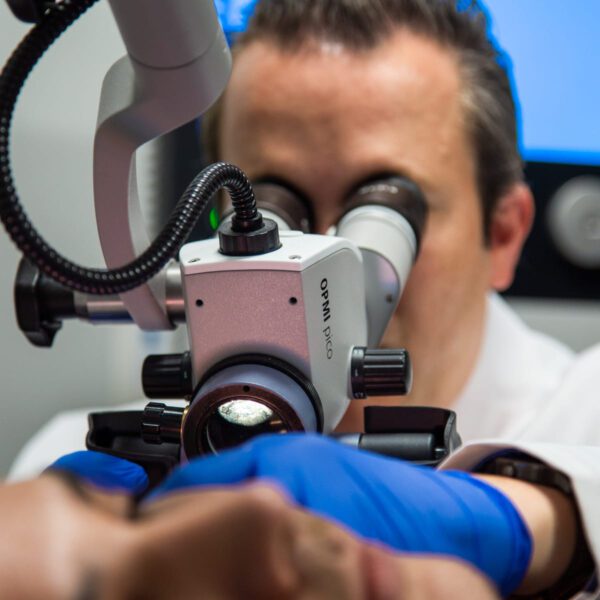
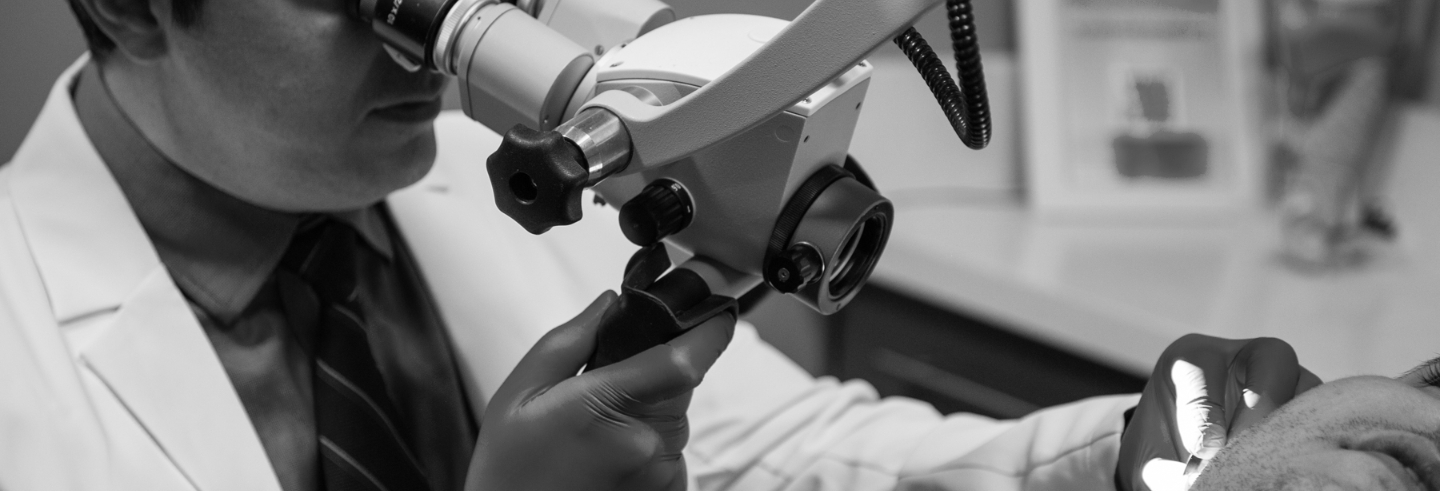
What are the possible complications of the surgery?
Edits: The likelihood of complications with exostosis surgery is very rare. Like any surgery, the most common risk is infection. Extra care is taken to perform the surgery in a sterile environment, and antibiotics are given both before and after the procedure to help prevent any infection.
Sometimes the exostosis can be very close to the eardrum, and extra care must be taken to avoid any injury to the eardrum which can lead to hearing loss.
How is the surgery done?
There are various methods to remove the exostoses. Most of the techniques involve exposing the ear canal directly under an operating microscope. A small incision is made over the lump of bone and the skin is rotated away to expose the underlying bone. Then, either a drill or a small chisel is used to carefully remove the bony lumps in the canal. Once the bone is removed, the skin is rotated back over the canal and packing is placed to hold the skin together inside the ear canal. There are no incisions made anywhere except inside the ear canal. There surgery does not require sutures.
Small incision behind the ear
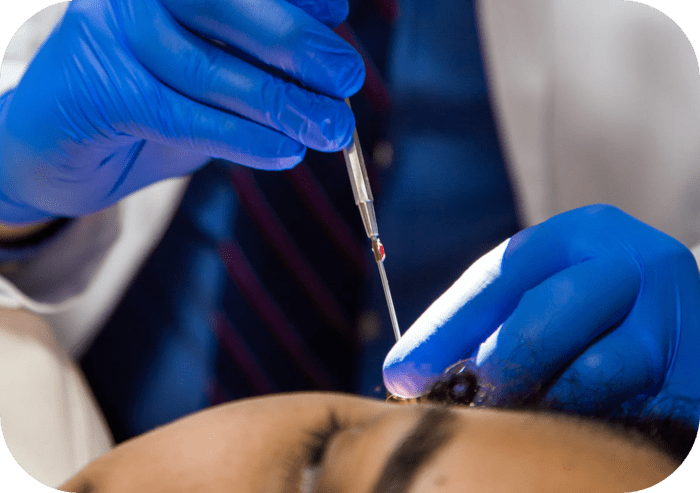
The incision is usually made behind the ear in the hairline.
Remove the bony lump
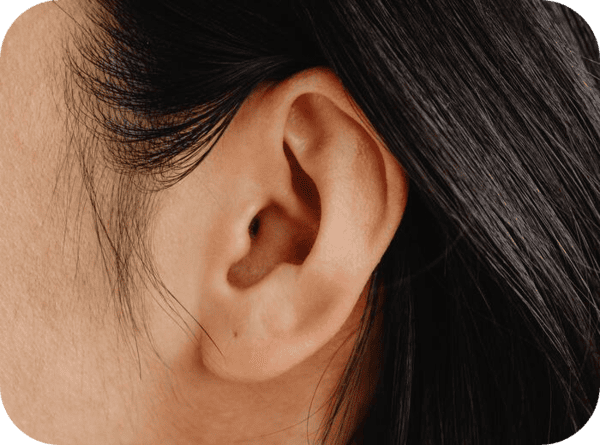
An operating microscope is used and great care is taken to remove the bony lump with a high-speed drill (like a dentist’s drill), whilst preserving the skin of the ear canal.
The ear canal is widened
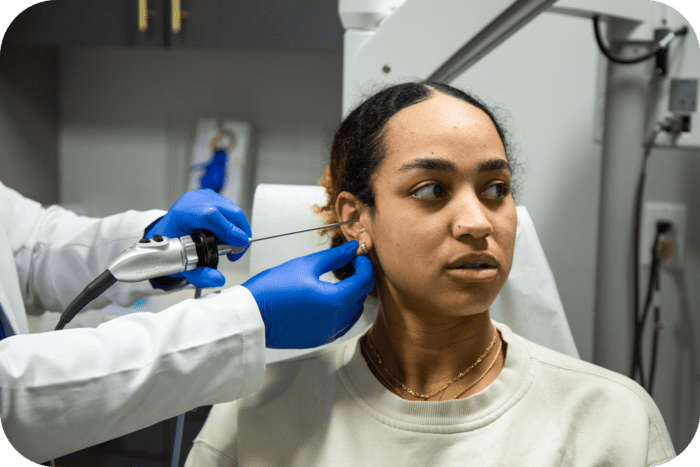
The surgeon widens the ear canal.
Dressings are placed
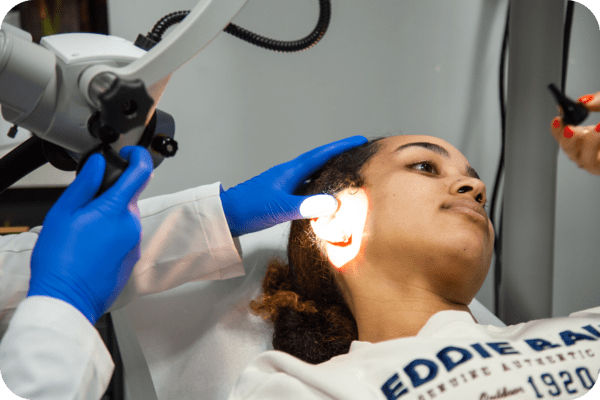
After the procedure, dressings are placed in the ear canal The operation usually takes 2 to 3 hours.
What can happen if I avoid surgery?
Having exostoses is not life-threatening, but it can significantly impact quality of life. Wax can easily become trapped behind the bony lumps, leading to hearing loss and necessitating frequent cleanings by your doctor. Additionally, exostoses can make you more susceptible to ear infections, which may become harder to treat as the exostoses grow larger. Over time, the exostoses can enlarge enough to block the ear canal, preventing sound from reaching the eardrum and causing hearing loss.
Can I go back to swimming/surfing after the surgery?
I recommend waiting approximately 2 to 4 weeks before getting back in the water after surgery. However, this timeframe depends on how well the healing appears during your post-operative visit.
Is there a possibility that the exostoses can return after the surgery?
It’s important to keep in mind that exostoses could recur if the ears are re-exposed to cold temperatures, though this typically occurs over several years of frequent exposure. Otherwise, it is very rare for exostoses to recur.
What is the recovery period after the surgery?
The surgery is performed in an outpatient setting and typically takes about an hour. After the procedure, the patient is discharged home with pain medications and antibiotics. The surgery involves minimal pain, and patients generally require little to no pain medication for 1-2 days afterward. Most patients can begin light activities around the house and at work the day after surgery. The ear packing is removed 1-2 weeks post-surgery, and, depending on the follow-up examination, the patient can usually return to swimming or surfing within 2-4 weeks after surgery.
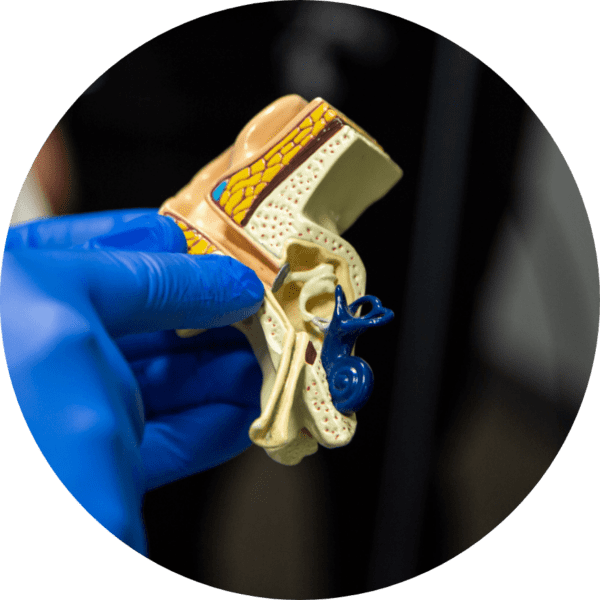
Getting the ear wet can make it harder for the skin in the ear canal to heal. Keeping the ear canal dry until it is fully healed will ensure the best results for you. This typically takes about 4 weeks but can take up to 8 weeks.
Still have questions regarding the condition?
While the information in this website may be helpful, it will never fully relate ear treatment to you. If you are facing any ear problem, please call our office and one of our representatives will talk to you.
CONTACT USTESTIMONIALS
What are patient say about us
Thanks to the expert care and skillful ear surgery I received, my life has been transformed. I can hear clearly again, and I’m forever grateful for the life-changing experience provided by the talented team
“Dr. Nazarian, who gave me back the wonderful gift of hearing!”
“Since the very first time of seeing Dr. Nazarian, I feel that I have been in the best of care- and from the first day and through the my surgery, I have felt that Dr. Nazarian is a very compassionate and caring doctor- more than I have ever seen. I feel very fortunate to have been referred to Dr. Nazarian. He is the best!”